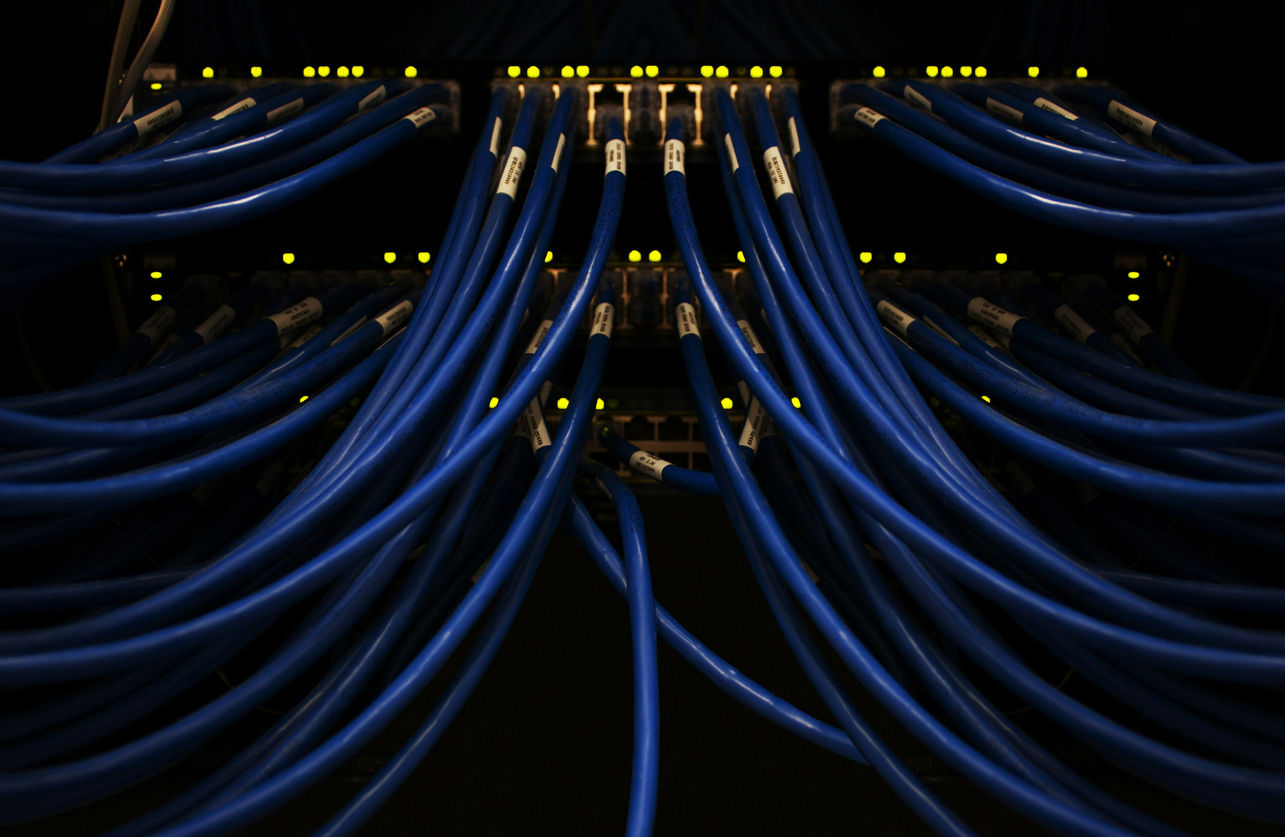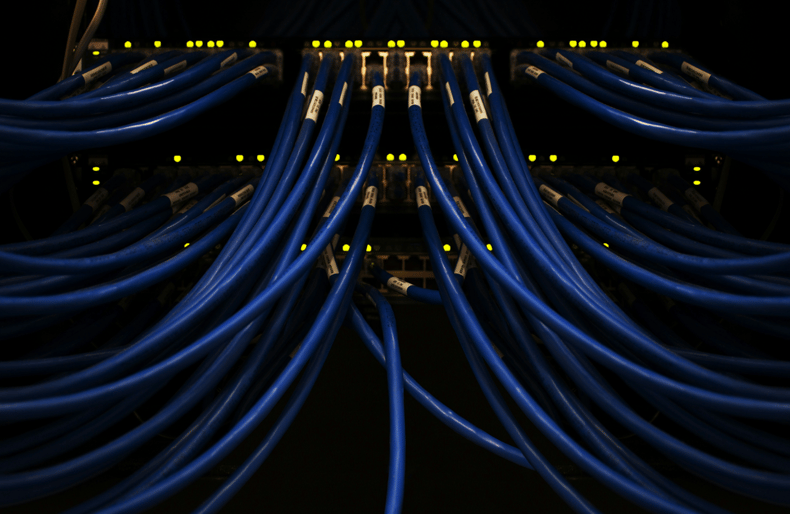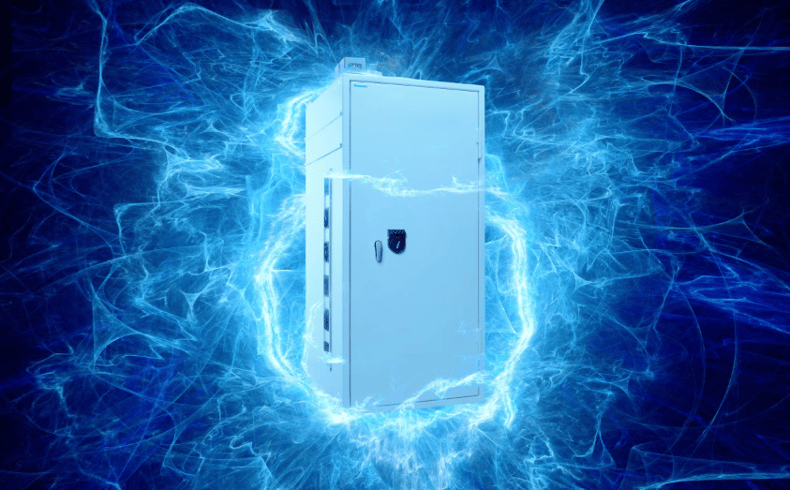Physical Security for Data: A Critical Layer in High-Risk Environments
When organisations think about protecting sensitive information, cybersecurity often dominates the conversation. However, safe storage and secure...
4 min read
 Rocío Martínez Climent
:
Nov 12, 2025 8:45:00 AM
Rocío Martínez Climent
:
Nov 12, 2025 8:45:00 AM

In today’s digital-first world, organisations invest heavily in cybersecurity, yet physical security often remains under-prioritised. Downtime and breaches from physical vulnerabilities are costly. Just to name a few examples, the Ponemon Institute reports that the average cost of data centre downtime is around USD 9,000 per minute or approximately USD 540,000 per hour. For large enterprises, this figure can reach over USD 1 million per hour.
Whether you manage a data centre, financial institution, healthcare facility, or corporate IT hub, physical server security is just as critical as digital protection. The checklist below outlines seven essential steps to safeguard your equipment, data, and business continuity.

Restricting entry to authorised personnel is one of the most effective ways to reduce physical security risks. In fact, over 60 % of organisations report experiencing a physical security breach annually. To strengthen access control, you can consider:
Even if the server room itself is locked, individual racks and cabinets remain potential vulnerabilities, especially when it comes to insider threats. Research shows that 42 % of reported breaches stem from inadequate cabinet security, while 48 % are linked to tailgating incidents. That is why robust rack-level security is essential. Some best practices include:
Environmental hazards including overheating, humidity, and dust, cause approximately 30 to 35% of unplanned data centre outages. Effective environmental controls not only enhance security but also improve operational efficiency. To minimise risks, organisations should:
Fire and water damage remain among the most severe threats to server room integrity, with the potential to cause catastrophic financial and operational losses. Proactive planning is essential to reduce exposure. Some recommended measures include:
Power disruptions account for a significant share of downtime events. Ponemon Institute findings show that outages can lead to average losses of USD 740,357 per incident. To maintain operations and protect sensitive equipment, organisations need to:
Electromagnetic pulses (EMP), whether from natural phenomena like solar flares or deliberate attacks, pose an additional, significant risk to unshielded infrastructure, particularly for critical facilities such as government agencies, telecom operators, and defence networks. High-security environments can reduce these risks by:
Finally, physical security is not a one-time investment. It requires continuous assessment and improvement as threat profiles, technologies, and compliance frameworks evolve. An effective auditing process should include:

Every organisation faces different levels of risk, which is why server room security should never follow a one-size-fits-all approach. Gunnebo’s SecureIT range offers tiered, scalable protection designed to match your operational needs and regulatory requirements. Whether you need to secure a single rack or a fully shielded data centre, the range allows you to align investment with risk, ensuring protection without unnecessary complexity or cost. This is what makes each of our product range stand out:
Physical security is no longer optional; it is a strategic imperative.
By implementing rigorous access control, certified enclosures, environmental safeguards, power continuity, and regular audits, businesses create a layered defence capable of withstanding both conventional and advanced threats.
At Gunnebo Safe Storage, we deliver security solutions designed for today’s risks and tomorrow’s demands. The SecureIT range offers scalable protection empowering organisations to protect their data, reputation, and operational continuity with confidence.
The question is no longer whether you can afford to invest in physical security. It’s whether you can afford not to.

When organisations think about protecting sensitive information, cybersecurity often dominates the conversation. However, safe storage and secure...
![EMP Attacks: What they are & how to protect against them [Video]](https://blog.gunnebosafestorage.com/hubfs/Blogg%20SS/SecureIT-SN3-EMP-RSS2011-InSitu2-2%5B1920x1080%5D.jpg)
In a new video series, Gunnebo safes expert, Mark Brookes, talks about the effects of an electromagnetic pulse (EMP) on servers and what you can do...

How IT cabinets protect against EMPs It is possible to install IT cabinets or server safes which shield servers from the irreparable damage an EMP...